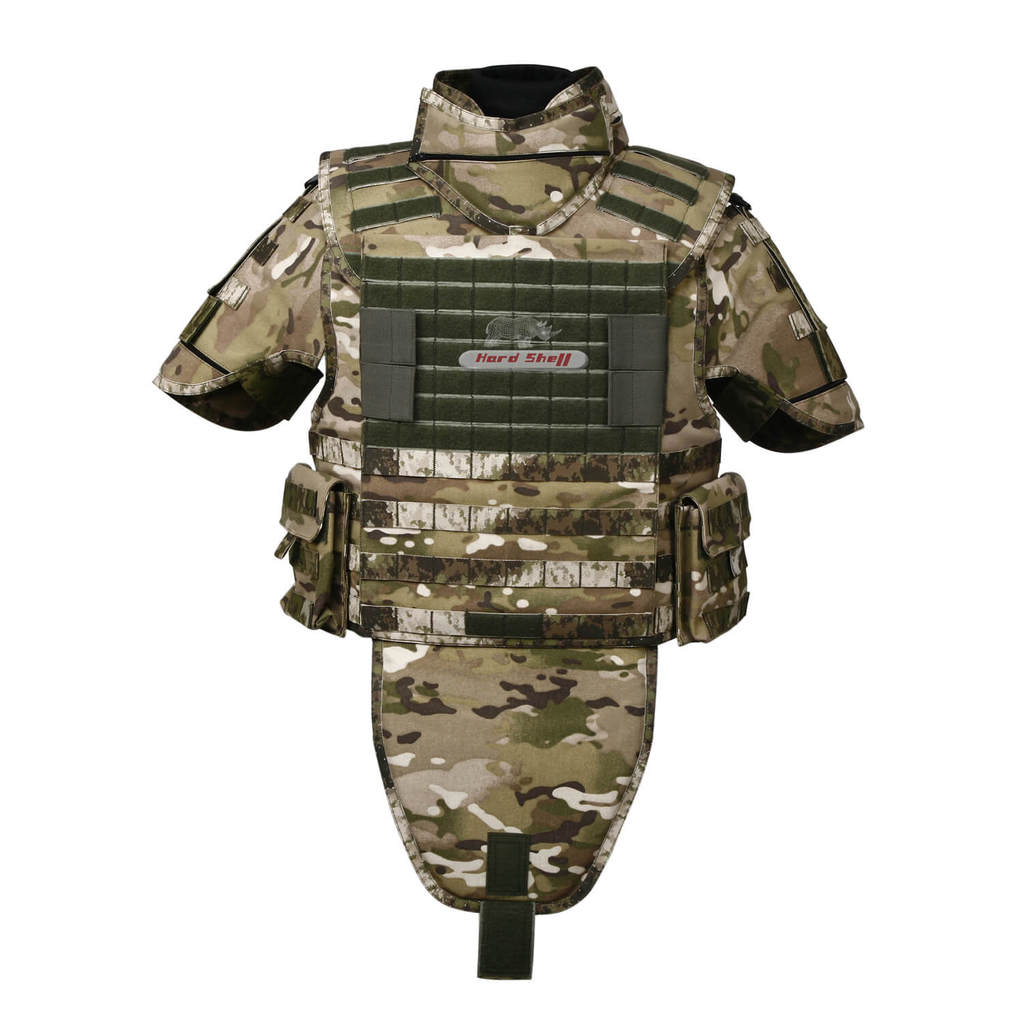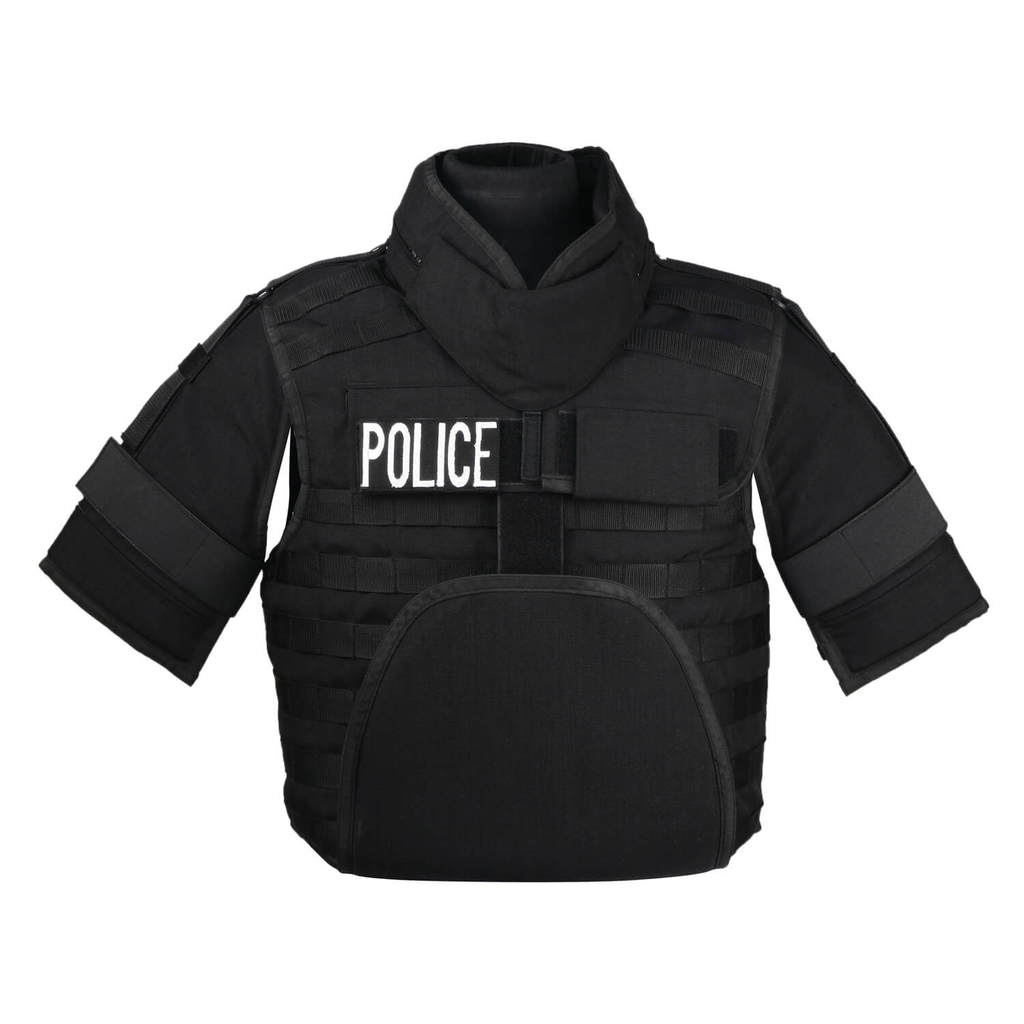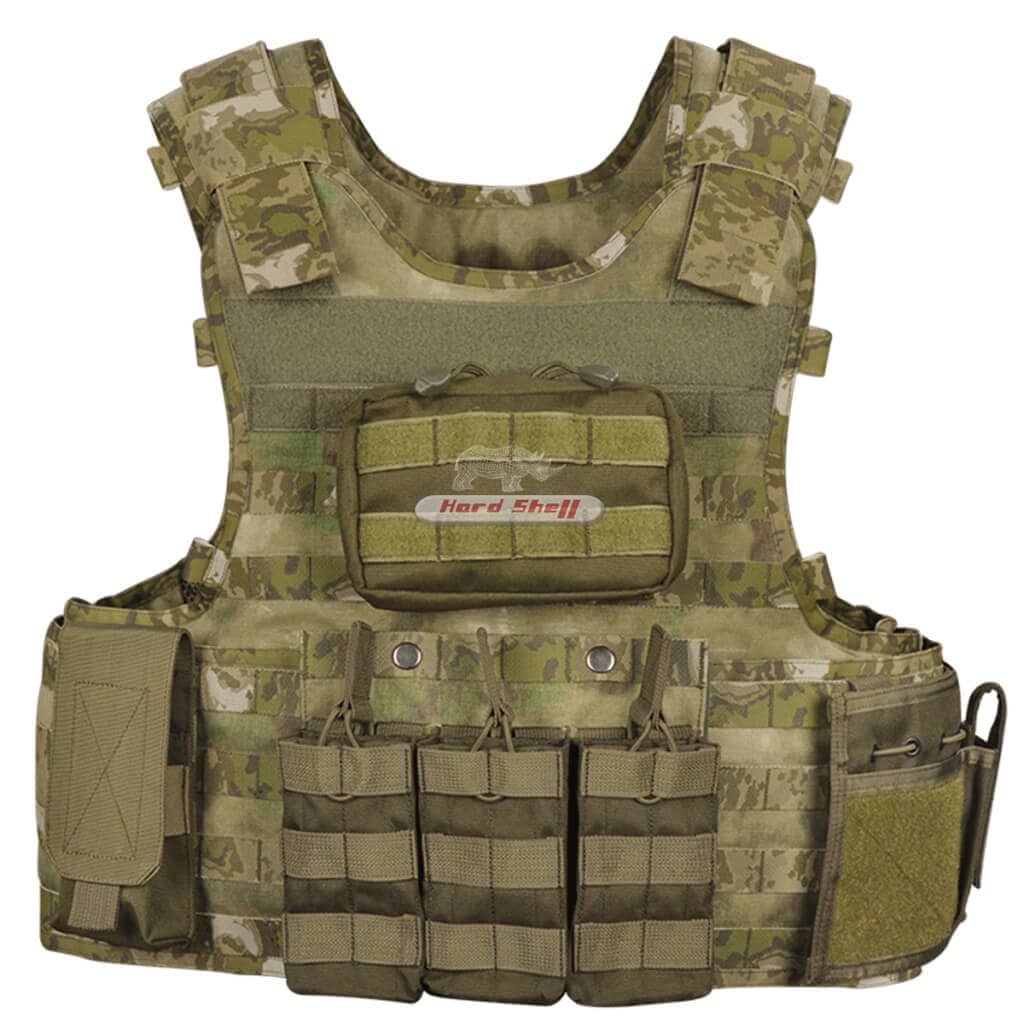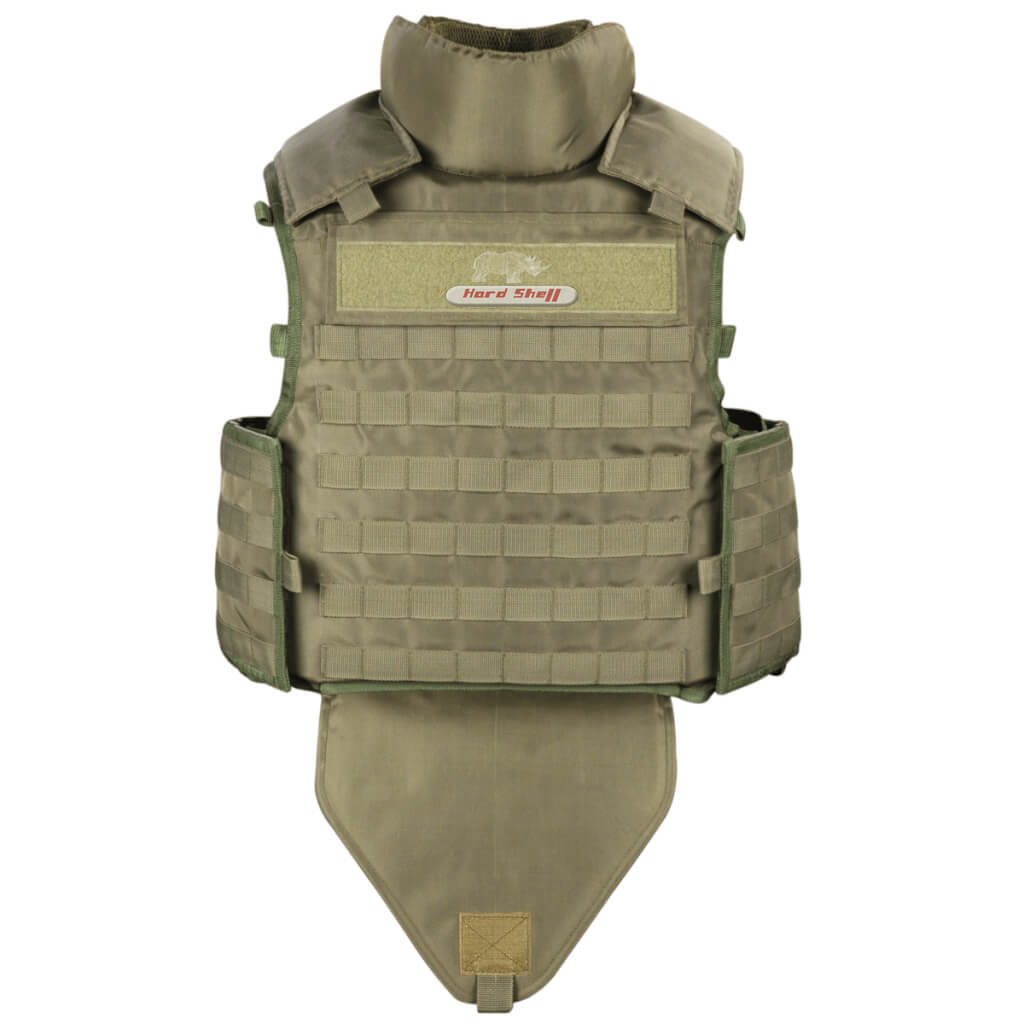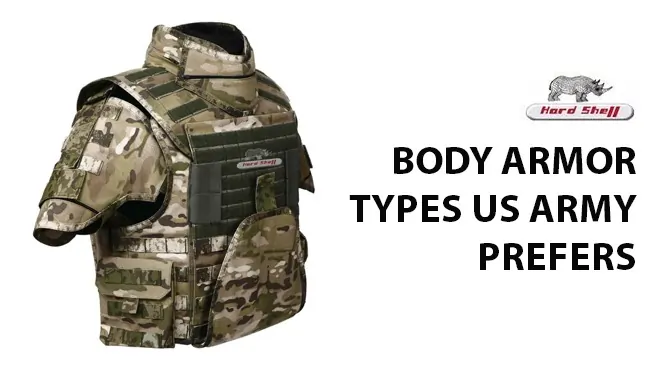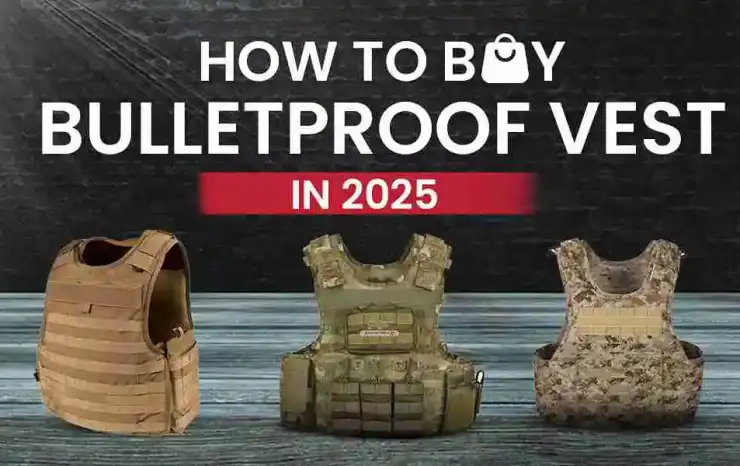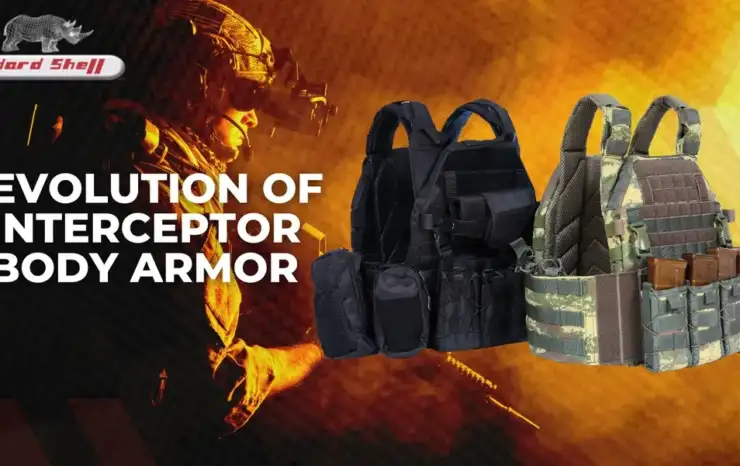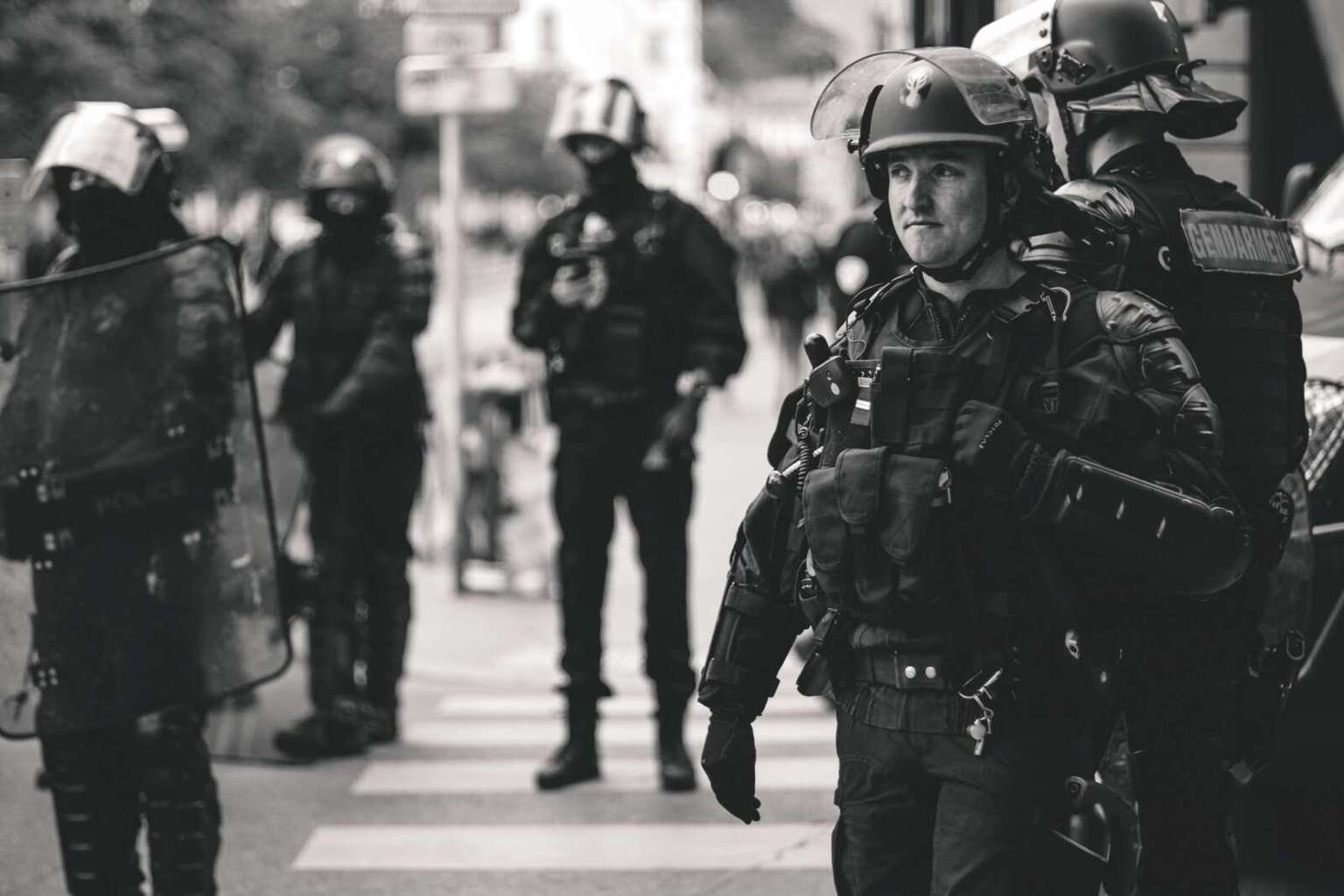Understanding the Different Types of Body Armor
Body armor is an essential safety equipment that is made to protect people from potential ballistic and other types of threats. This blog explores the numerous subcategories of body armor, highlighting the materials used, protection levels and types, visibility options, and various applications. By the end of this writeup, readers will have a thorough understanding of the various types of body armor available.
Let’s dive straight into the different types of body armor!
Types of Body Armor: Based on Materials Used
Hard Armor
Ultra-high-molecular-weight polyethylene (UHMWPE), fibre reinforced composites, and ceramics are used to make hard armor. High-velocity bullets are effectively stopped by this kind of armor, which also provides strong defense against ballistic threats. Despite being heavier than soft armor, it is the favored option when maximal defense is required due to its endurance and high level of protection.
In order to diffuse the energy of incoming projectiles, hard armor plates are constructed utilizing numerous layers of materials. Upon impact, the ceramic layers absorb and diffuse the energy. Fibre reinforced composite plates combine components like advanced fibers to increase protection. Lightweight UHMWPE plates provide great defense against rifle bullets.
Soft Armor
While flexible materials like Kevlar or other aramid fibers are used in soft armor, it is recognized for being lightweight and flexible, which guarantees improved mobility. Law enforcement personnel and individuals seeking covert protection frequently utilize soft armor because it is good at reducing the impact of low-velocity projectiles.
The strength of soft armor resides in its capacity to lessen the impact of incoming projectiles. The force is distributed across the surface area of the armor by layers of densely woven aramid fibers, preventing penetration. The protection provided by its design is particularly effective against firearms and shrapnel.
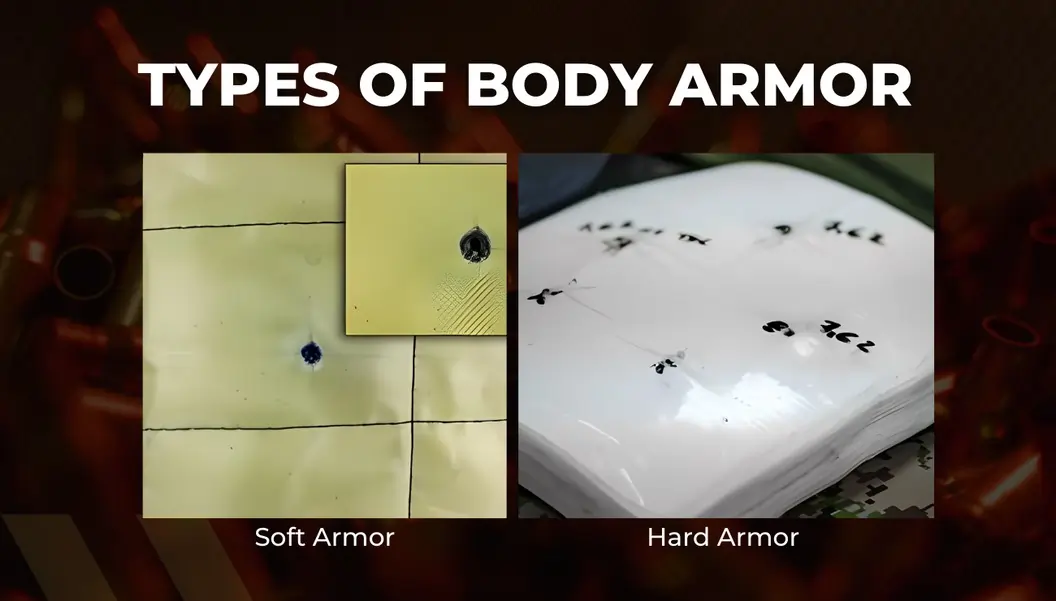
Types of Body Armor: Based on Level of Protection
NIJ Level IIA
Level IIA body armor is suited for protection under common circumstances and is made to deflect low-velocity handgun bullets. People who want minimal, lightweight protection generally opt for it. Level IIA armor provides a fundamental level of protection against general threats, albeit it might not be able to stop higher-velocity rounds.
NIJ Level II
This armor type can withstand medium-velocity handgun rounds and provides greater protection than Level IIA. It is appropriate for security and law enforcement personnel who may deal with a variety of threats. Level II armor strikes a balance between greater protection and concealability.
NIJ Level IIIA
Level III A armor, which offers defense against stronger handgun rounds is often preferred by law enforcement personnel. It can also be used as a concealable armor and is lightweight in nature.
NIJ Level III
Level III body armor improves protection by stopping high-velocity handgun ammunition and certain rifle rounds. Law enforcement and security personnel who work in potentially hazardous settings generally use it. This level of security is essential in circumstances where criminals or assailants might have access to more potent weapons.
NIJ Level IV
The highest level of defense offered, Level IV armor is designed to withstand bullets from armor-penetrating rifles. Its use is primarily found in military contexts when exposure to powerful weapons is likely. Advanced materials, such as ceramics and composite layers, are frequently used in Level IV plates to give the necessary protection against armor-penetrating projectiles.

Types of Body Armor: Based on Types of Protection Provided
Ballistic Protection
Ballistic body armor protects against projectiles fired from firearms, and can prevent penetration of bullets and energy transfer during impact. Body armor is built on this form of protection, which is why it is so important for law enforcement officers, soldiers, and anybody else working in locations where there may be a threat from a firearm.
Edged Blade Protection
This type of armor is made to fend off attacks involving sharp-edged weapons like knives and blades. It focuses on avoiding slashes and punctures. Edged blade protection is essential in situations when both melee and ballistic threats are conceivable.
Spike Protection
The coverage of spike protection armor is expanded to include protection against thrusting and stabbing attacks made using spike-like weapons such as long nails, needles, screwdrivers, etc. For prison guards, security officers, and settings where edged weapons may be available, this additional layer of defense is crucial.
Multi-threat Armour
Multi-threat armor combines ballistic, edged blade, and spike protection to provide complete protection against a range of potential threats. This kind of armor is adaptable and suitable for areas where a variety of threats are likely to exist.
Types of Body Armor: Based on Visibility
Overt Body Armor
When wearing protective gear, police enforcement officers and military personnel often utilize overt body armor since it is obvious and serves as a deterrent. Overt armor’s ability to act as a visual deterrent can help potential attackers reconsider their approach.
Concealable Body Armor
Civilians and security personnel who require protection but don’t want to draw attention to themselves should choose concealed body armor, which is discretely worn underneath clothing. The goal of concealed armor is to blend in with everyday clothing while still providing necessary protection.
Types of Body Armor: Based on Applications
Military Personnel
Military-grade body armor provides a high level of protection against a variety of threats and is specifically made to endure combat scenarios. It has features like modular pouch and gear attachments that let soldiers adjust their loadout in accordance with mission needs.
Law Enforcement Personnel
Body armor designed for law enforcement personnel balances protection, mobility, and visibility according to their needs. Features like plate carriers for simple customisation and rapid access to gear are generally found in law enforcement armor.
Security Personnel
To protect public areas and events, security personnel often need adaptable armor that can withstand a variety of threats. Security armor’s versatility guarantees that personnel can react appropriately to a range of situations.
-
$3,500.00 View Details This product has multiple variants. The options may be chosen on the product page
-
$11.00 View Details This product has multiple variants. The options may be chosen on the product page
-
Original price was: $4,000.00.$3,500.00Current price is: $3,500.00. View Details This product has multiple variants. The options may be chosen on the product page
-
$11.00 View Details This product has multiple variants. The options may be chosen on the product page
What Type of Body Armor To Choose?
The right body armor must be chosen because it directly influences a person’s safety and comfort. Choosing between hard and soft armor requires taking into account the intended application, the necessary level of protection, and comfort. Regarding visibility, whether it be overt or covert, keep in mind the situation in which the armor will be utilized.
Individuals are better equipped to choose body armor that fits their protective requirements when they are aware of the subtle differences between body armor types. People can maintain their mobility and comfort while being more prepared for future threats by keeping up with the ever changing body armor technology.
"Connect with our team today for personalized solutions and exceptional service."

